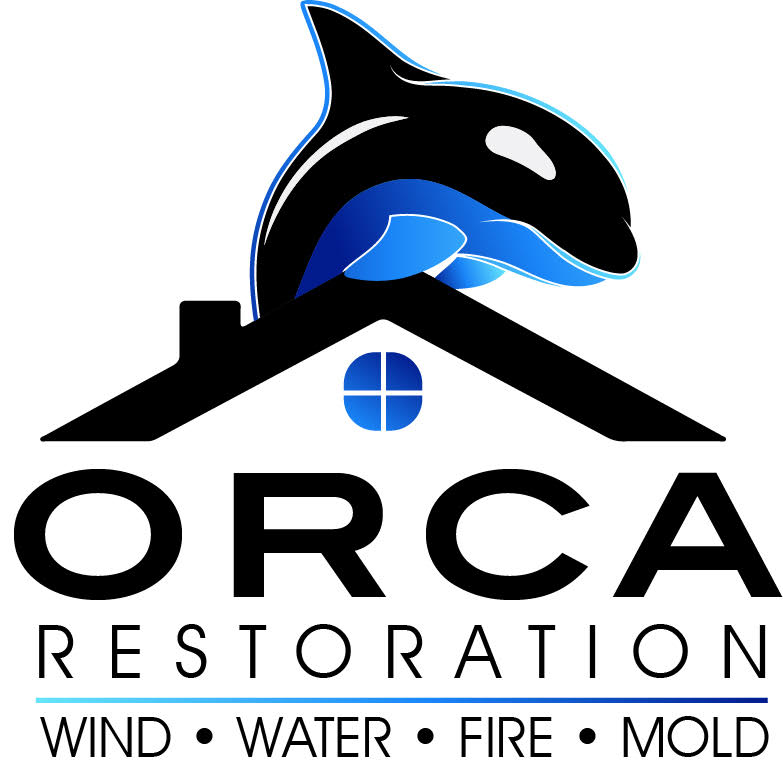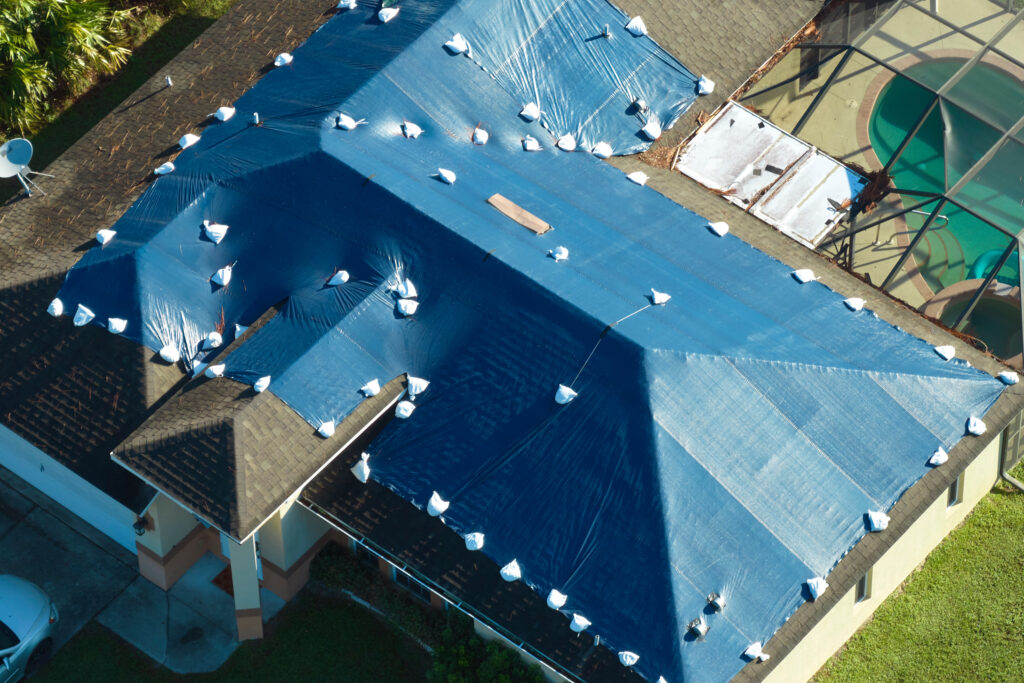Damaged Plumbing Vent Boots
Plumbing vent boots can be all plastic, plastic and metal, or even two-piece metal units. Check plastic bases for cracks and metal bases for broken seams. Then examine the rubber boot surrounding the pipe. That can be rotted away or torn, allowing water to work its way into the house along the pipe. With any of these problems, you should buy a new vent boot to replace the old one. But if the nails at the base are missing or pulled free and the boot is in good shape, replace them with the rubber-washered screws used for metal roofing systems.
Ceiling Stains
If you have water stains that extend across ceilings or run down walls, the cause is probably a leaky roof. Tracking down the leak is the hard part; the roof leak repair is usually pretty easy. We’ll show you some simple tricks for finding and repairing most of the common types of leaky roofs. If you have a leaky roof, you’d better fix it immediately, even if it doesn’t bother you much or you’re getting a new roof next year.
Even over a short time, small leaks can lead to big problems, such as mold, rotted framing and sheathing, destroyed insulation and damaged ceilings.
Shiners
If you can’t see any telltale flow marks and the ceiling stain is fairly small, look at the underside of the roof for ‘shiners.’ A shiner is a nail that missed the framing member. Moisture that escapes into the cold attic from the rooms below often condenses on cold nails. Sometimes you can spot this if you climb up into your attic on a cold night. The nails will look white because they’re frosted. When the attic heats up a bit during the day, the frost melts and drips, then the nails frost up at night again and so on. The solution is to simply clip the nail with a side-cutting pliers.
Damaged Shingles
A broken shingle is both ugly and a leak waiting to happen. But as long as you can find matching shingles (and you’re not afraid of heights), the replacement is straightforward.
Dirty, Clogged Soffits
Attic ventilation is critical to the health of your house. It begins with soffit vents that inhale outside air—necessary to create an airflow that moves warm attic air out the roof vents. Once the air enters the soffit, it usually proceeds through an air chute or some other opening along the underside of the roof into the attic. The plastic air chutes (from home centers and building suppliers) in each rafter space keep the air path clear between the rafters and the roof sheathing. Clear soffits help to prevent moisture buildup and ultimately mold growth on your roof’s framing.

